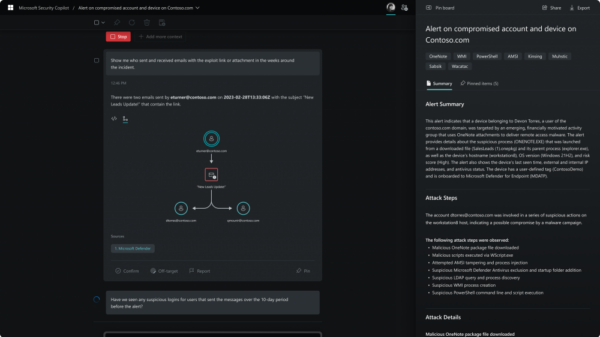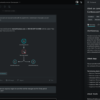On Monday, representatives of New Zealand’s National Institute of Water and Atmospheric Research (NIWA) confirmed that the organization’s FitzRoy supercomputer was targeted in a cyberattack last Thursday.
In a statement, NIWA noted that the attempts to breach the supercomputer were unsuccessful. However, the system was taken offline until Saturday evening while IBM, the company that built it, and NIWA performed a series of tests.
NIWA representatives have highlighted that the supercomputer doesn’t store any sensitive personal or client information.
The country’s National Cyber Security Centre, which is part of the Government Communications Security Bureau intelligence agency, has been informed of the incident. New Zealand’s Prime Minister John Key has requested a briefing from the National Cyber Security Center on the hack attempt.
According to Fairfax NZ News, the official revealed that the cyberattack was traced back to a Chinese IP address. However, the official admitted that this doesn’t necessarily mean that a Chinese entity is behind the attack. As is the challenge with attribution, the real attackers might have used compromised computers located in China to hide their tracks.
FitzRoy is an IBM System p575 POWER6 supercomputer in which NIWA invested around NZ$12.7 million (US$10.8 million). The system, which has a peak speed of 34 Tflops, is used to run scientific models and services, particularly for environmental forecasting and modeling.
Supercomputers are often targeted by hackers because their computing power can be abused for various purposes. For instance, in February, a member of the Harvard community hijacked the university’s Odyssey supercomputer to mine Dogecoins, a virtual currency similar to Bitcoin.
In December 2013, a 23-year-old from Pennsylvania was sentenced to 18 months in prison for selling access to various compromised systems, including supercomputers at the Lawrence Berkeley National Laboratory in Oakland, Calif.














